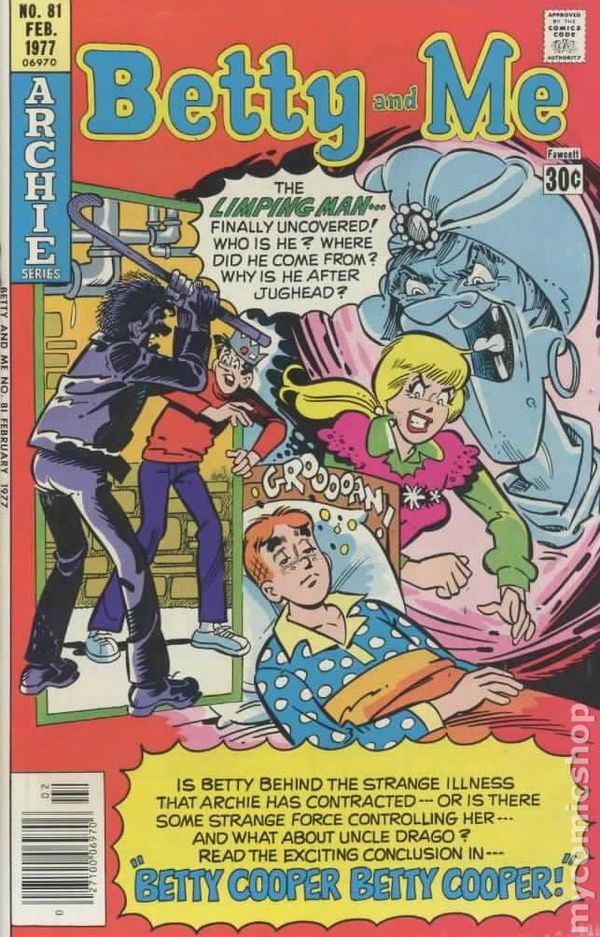The Diamond Comics Distribution solicitations for the month of October's Archie Comics are out:
https://www.previewsworld.com/Catalog?pub=ARCHIE%20COMIC%20PUBLICATIONS
So they managed to sneak in the solicit for ARCHIE #699 ahead of #700, after all. And it's a $1.00 "the story so far" kind of catch-up issue, to try to entice those people who haven't been reading ARCHIE. I assume that that loss-leader cover price can only mean that this is a sort of cut-and-paste reprint comic, composed of various key scenes from pages and panels that previously appeared somewhere before during the run of issues from ARCHIE #1 to 32, with a minimal number of newly-drawn framing panels to stitch all the bits and pieces together. But it does go to prove what I suspected, that the #700 issue won't be another reboot, just a change in creative team and a minor course-correction to steer the title in a direction more similar to that of the TV series Riverdale.
https://www.previewsworld.com/Catalog?pub=ARCHIE%20COMIC%20PUBLICATIONS
So they managed to sneak in the solicit for ARCHIE #699 ahead of #700, after all. And it's a $1.00 "the story so far" kind of catch-up issue, to try to entice those people who haven't been reading ARCHIE. I assume that that loss-leader cover price can only mean that this is a sort of cut-and-paste reprint comic, composed of various key scenes from pages and panels that previously appeared somewhere before during the run of issues from ARCHIE #1 to 32, with a minimal number of newly-drawn framing panels to stitch all the bits and pieces together. But it does go to prove what I suspected, that the #700 issue won't be another reboot, just a change in creative team and a minor course-correction to steer the title in a direction more similar to that of the TV series Riverdale.
QuoteARCHIE #699
(W) Mark Waid, Ian Flynn (A) Various (CA) Marguerite Sauvage
Follow along as Archie reflects back on the past several years of storylines including: the much-talked about #LipstickIncident, the arrival of the Lodge family, the Riverdale Civil War, the machinations of the Blossom Twins, the near-tragedy of "Over the Edge" and more! This special issue sets the stage for next month's landmark 700th issue of ARCHIE! Based on stories by Mark Waid and Ian Flynn and featuring art by an assortment of ARCHIE talents.
In Shops: Oct 03, 2018
Diamond Code: AUG181571
SRP: $1.00









